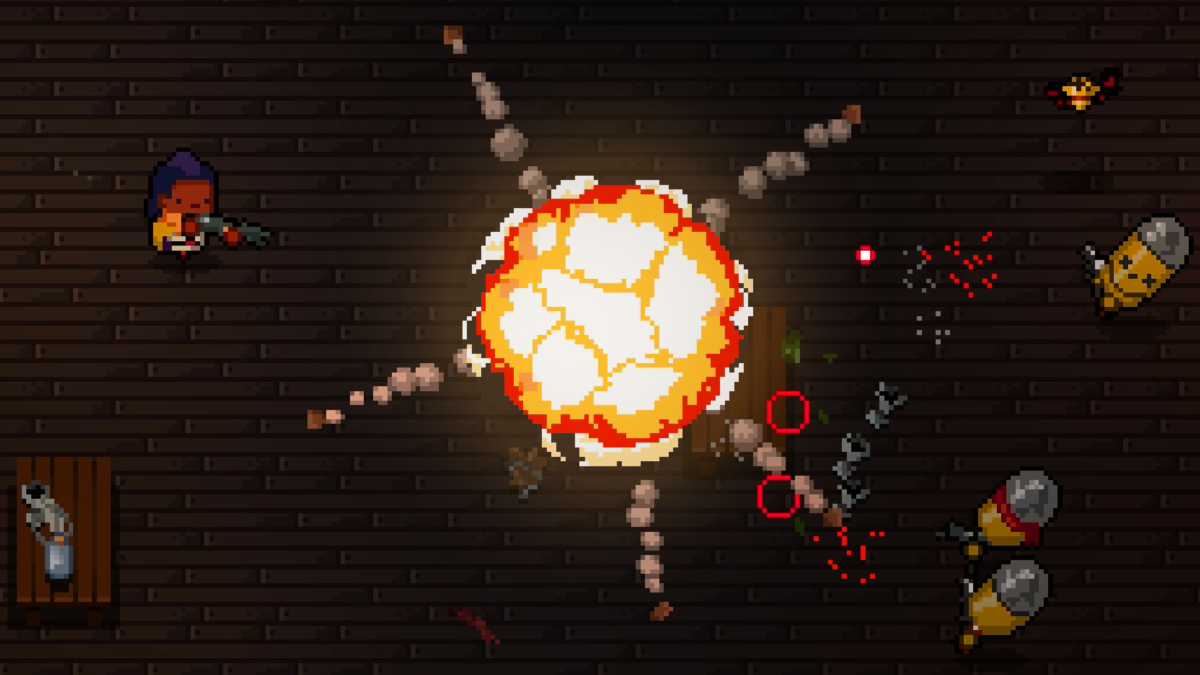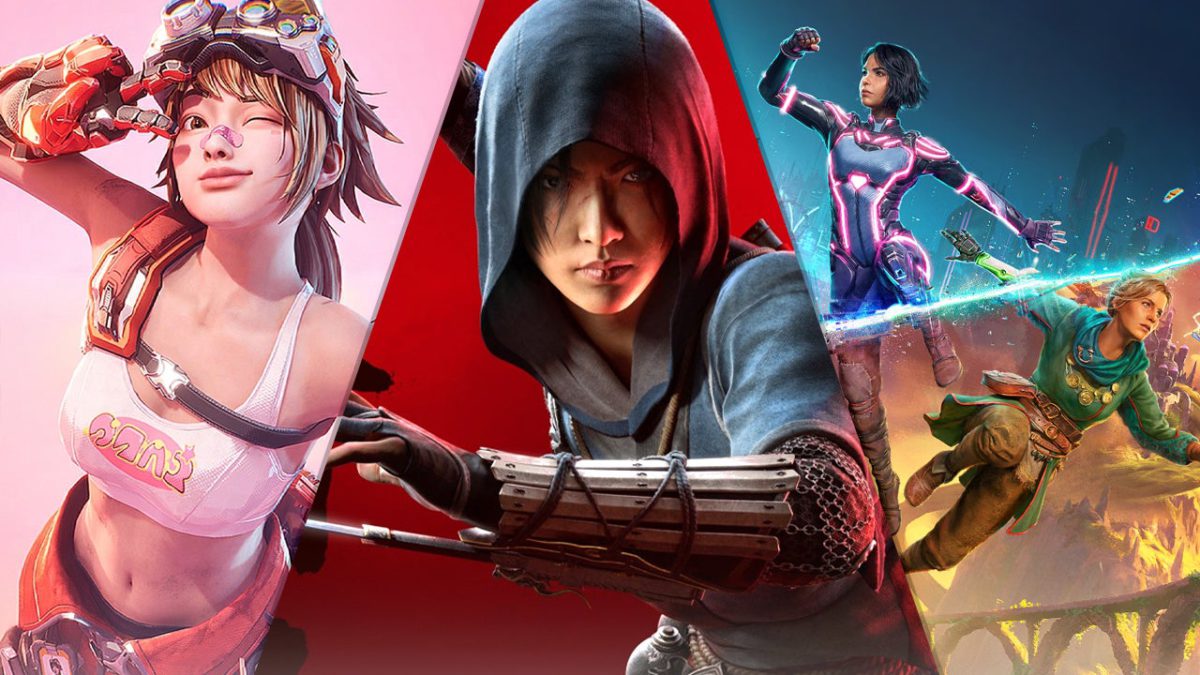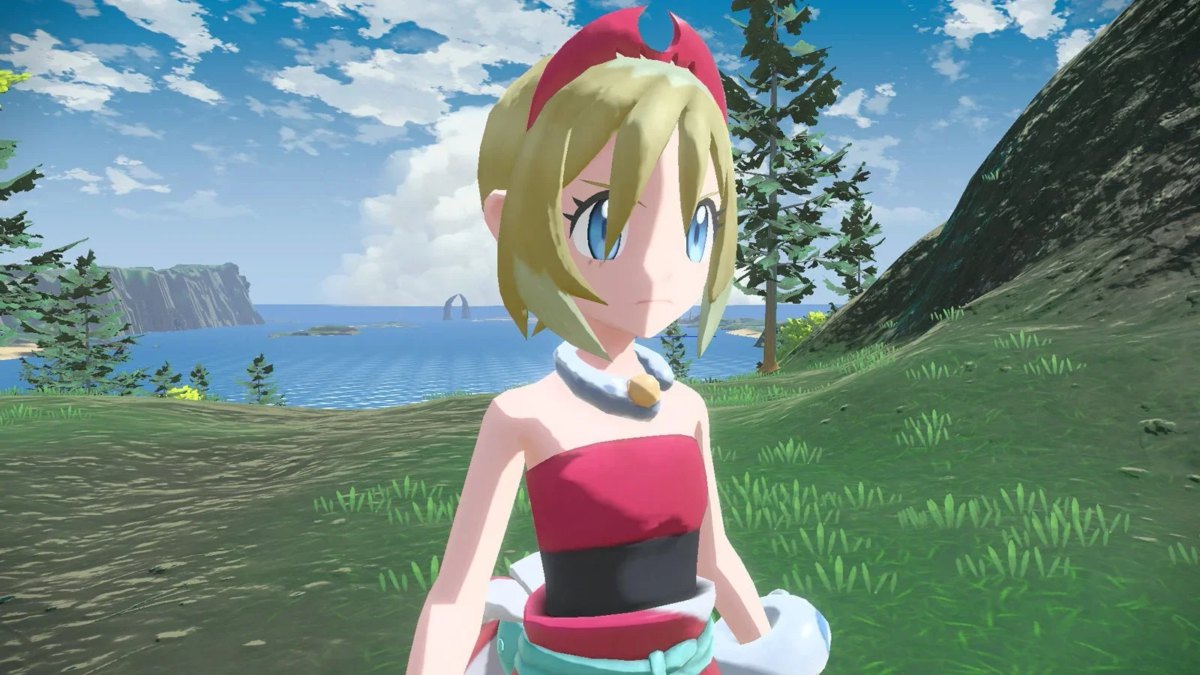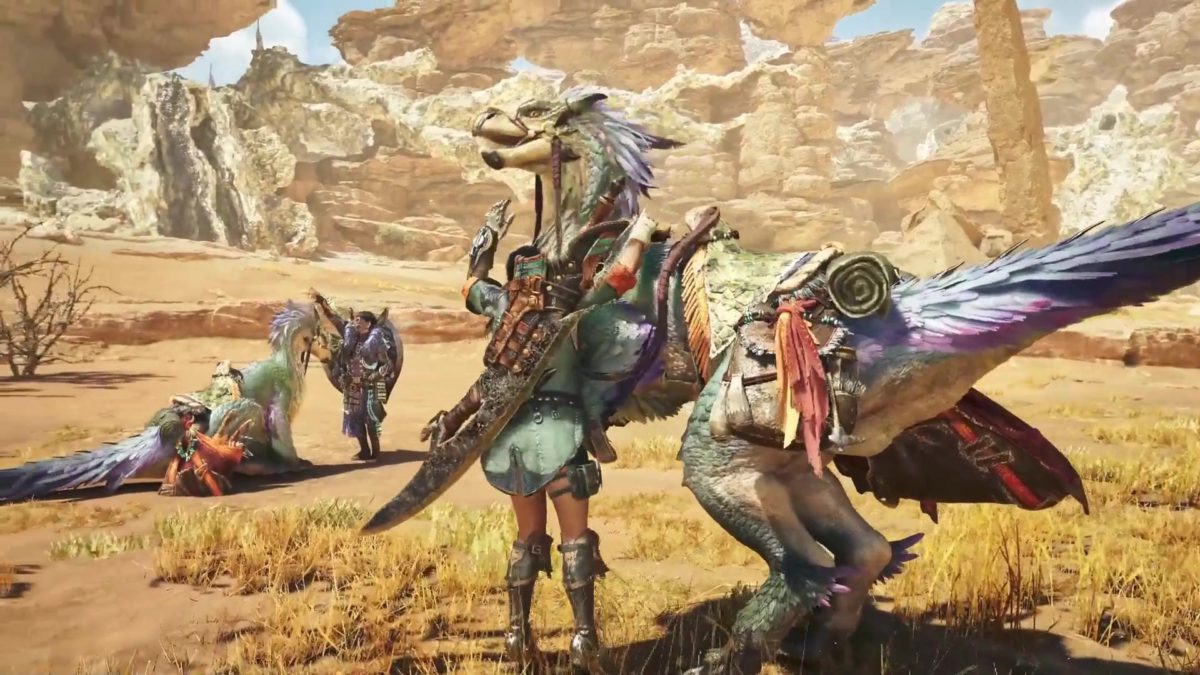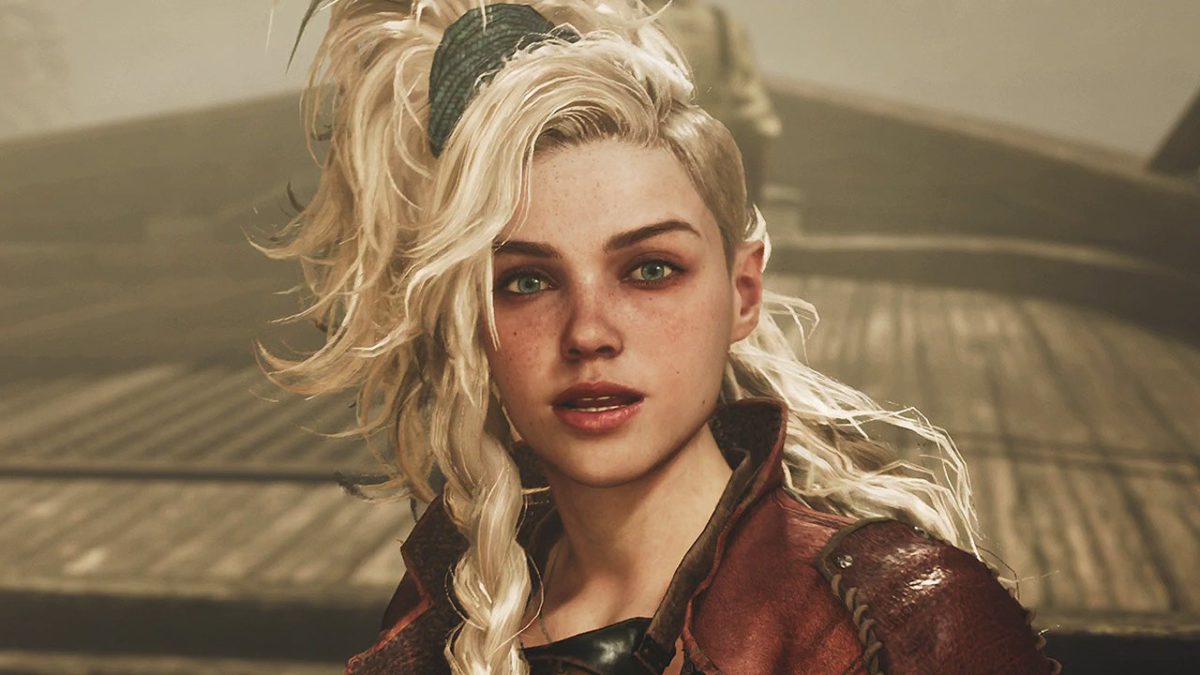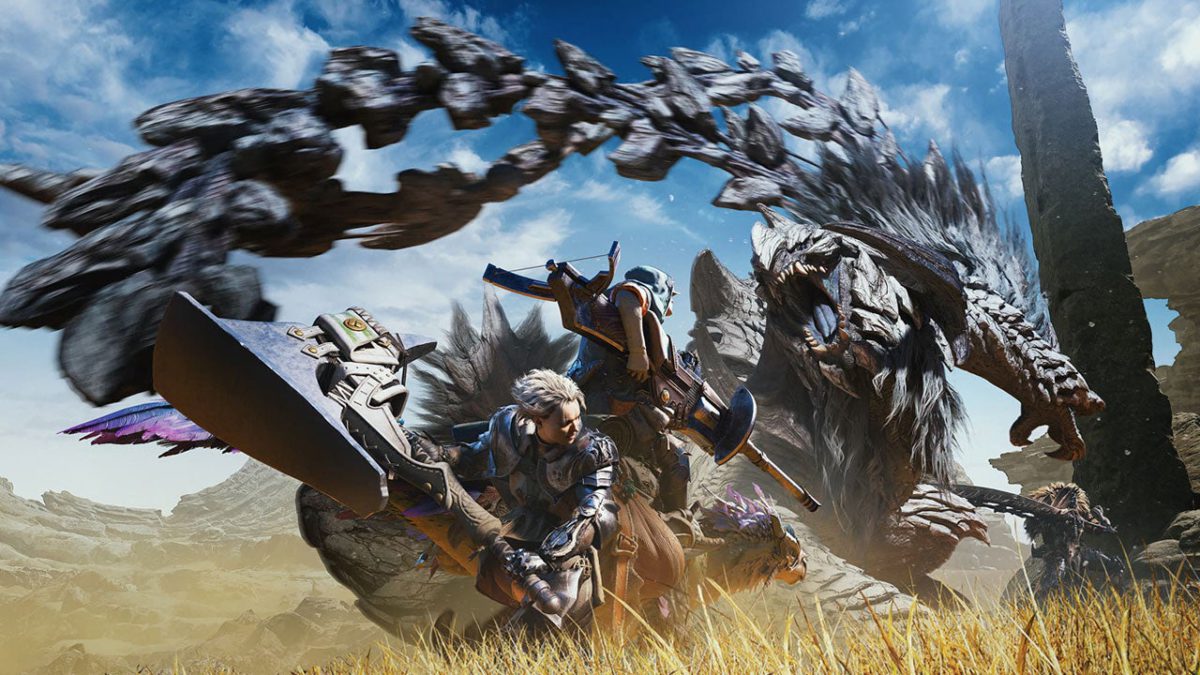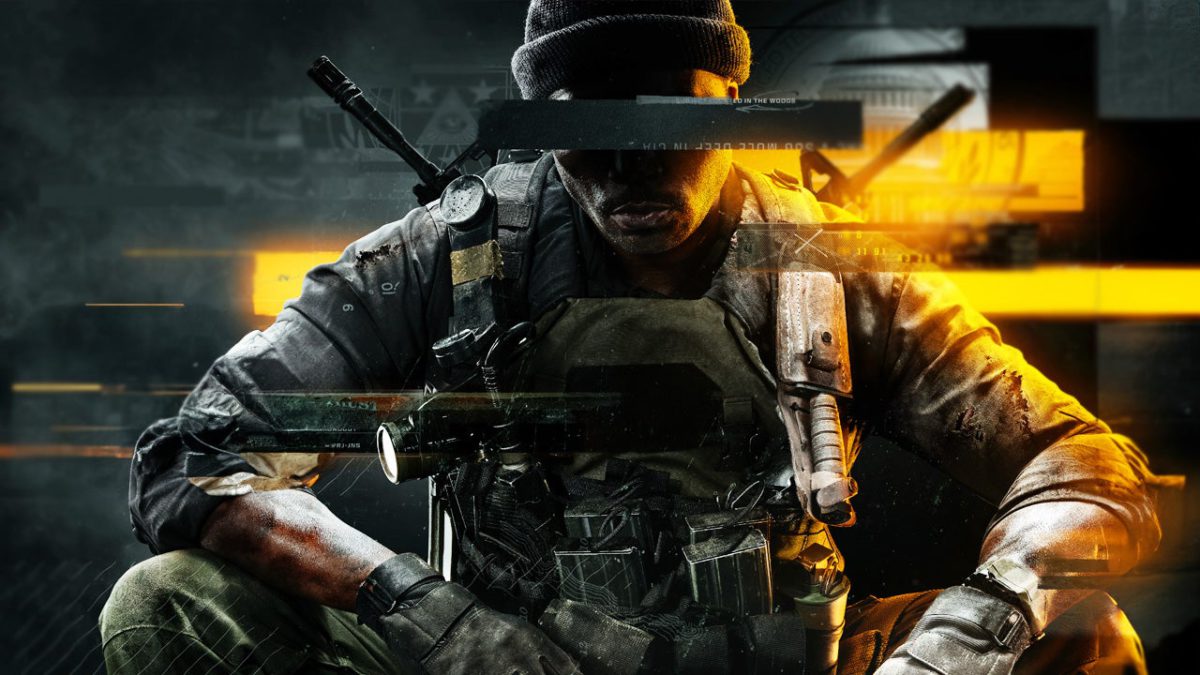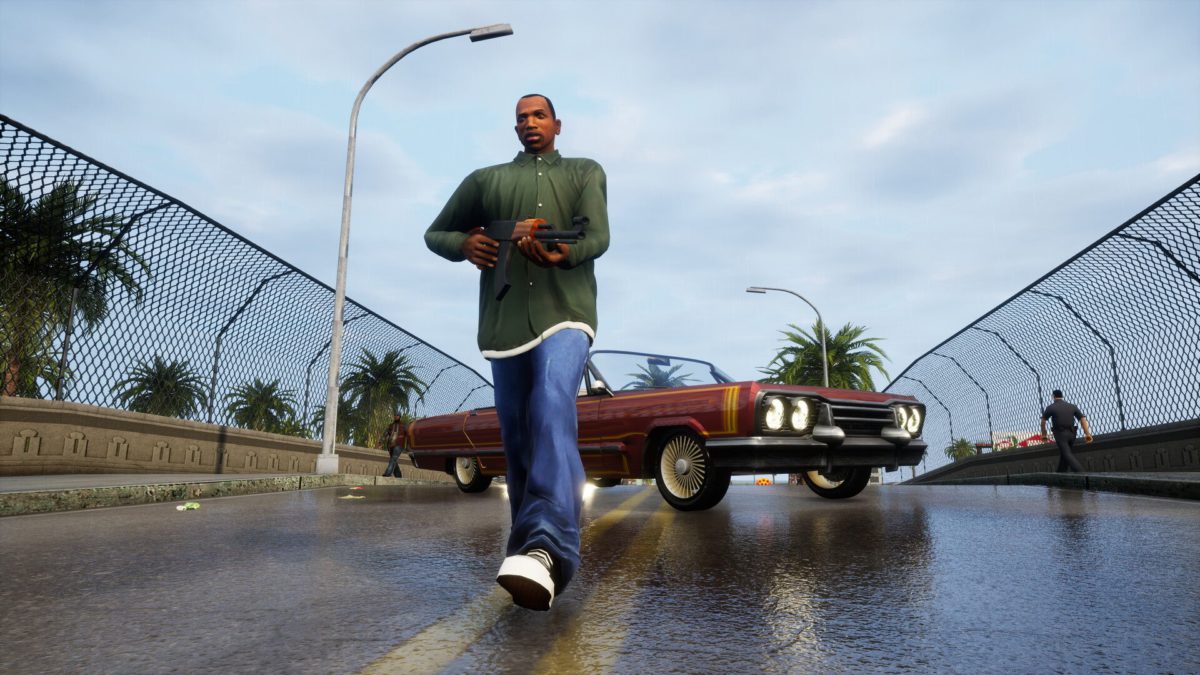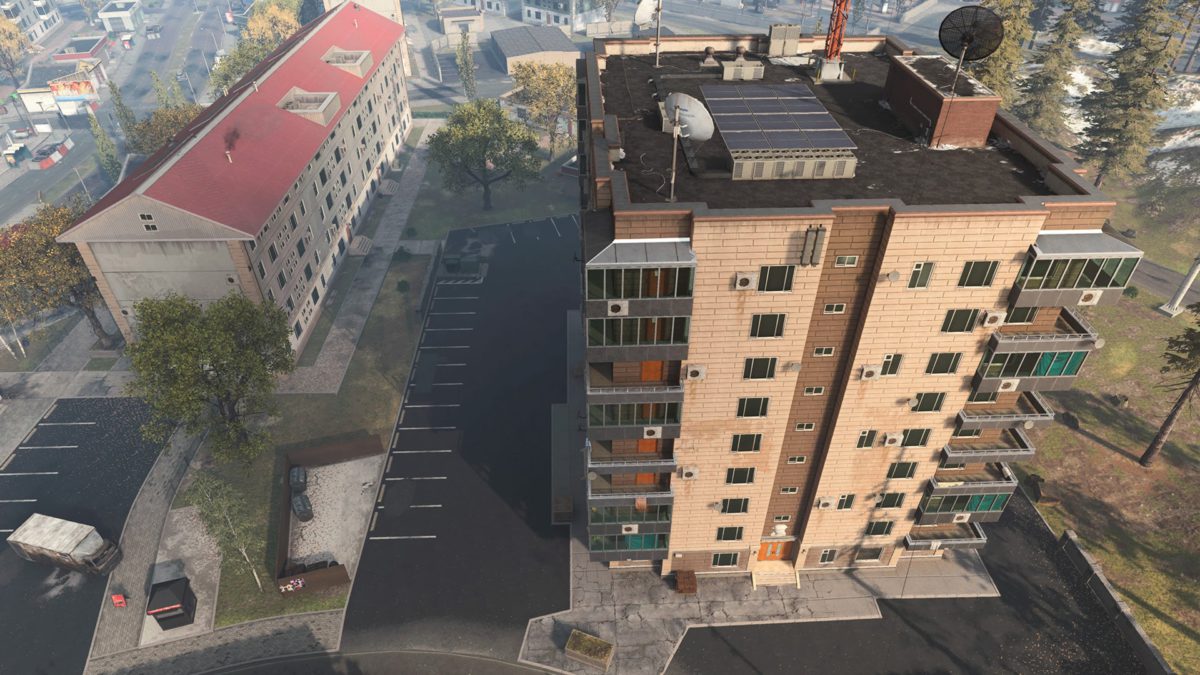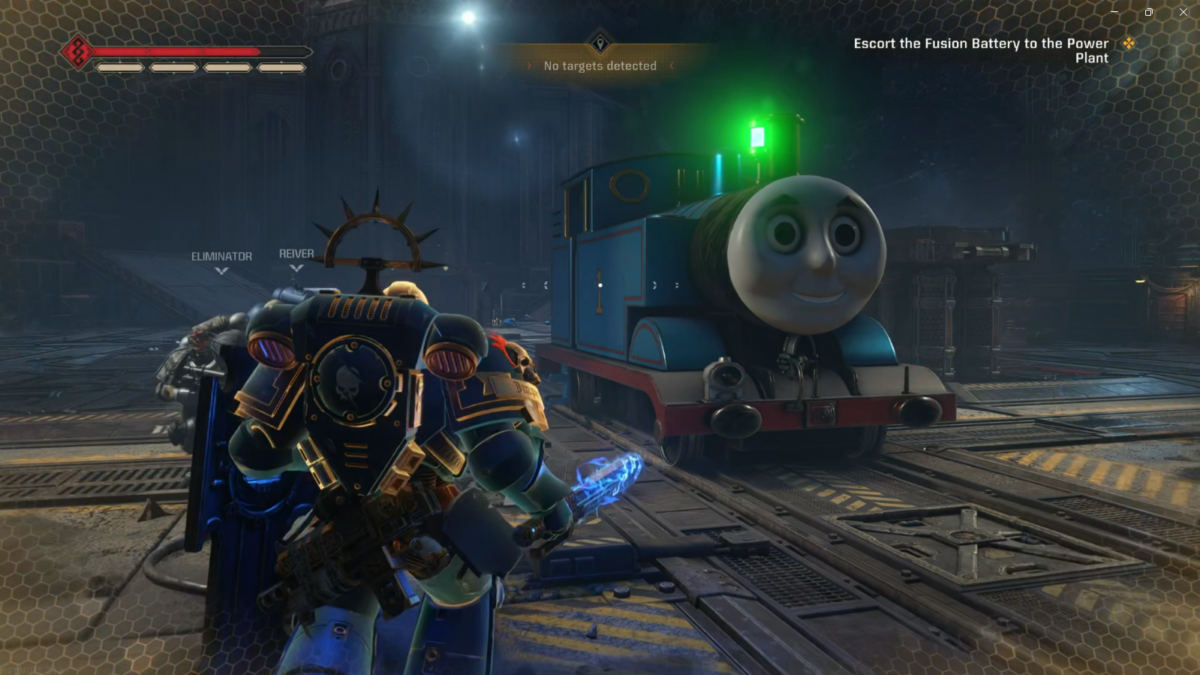
Xbox has just announced a number of indie games dropping on Xbox Game Pass in the first half of March 2025, including Enter the Gungeon, Monster Train, and several more.
Up first is Monster Train, which is out today on Xbox Game Pass Ultimate, PC, and Standard across cloud, console, and PC. Monster Train has been on Game Pass in the past, but returns today. Per Microsoft’s description, “Monster Train brings a new strategic layer to roguelike deckbuilding, with three vertical playing fields to defend. Hell has frozen over and only you can protect the final burning pyre from the forces of heaven and restore the inferno.”
Xbox also lists the ever-popular Balatro in its lineup, which dropped on Xbox Game Pass last week following the ID@Xbox showcase. The release came alongside another “Friends of Jimbo” update adding cosmetic changes based on Bugsnax, Civilization, Assassin’s Creed, Slay the Princess, Dead by Daylight, and Fallout to the game.
More games follow in quick succession. Tomorrow, March 5, we’ll see Galacticare drop on Xbox Series X and S for Game Pass Standard users, having already been available on Ultimate. Then on March 6, we get One Lonely Outpost on Game Pass Ultimate and PC Game Pass for cloud, console, and PC users.
Next week on March 11, we’ll see indie darling Enter the Gungeon return to Game Pass Standard, PC, and Ultimate for cloud, console, and PC. As Xbox describes it, “Enter the Gungeon is a gunfight dungeon crawler following a band of misfits seeking to shoot, loot, dodge, roll and table-flip their way to personal absolution by reaching the legendary Gungeon’s ultimate treasure: the gun that can kill the past.”
Two days later on March 13, Mullet Madjack will join Game Pass Ultimate and PC Game Pass for cloud, PC, and Xbox Series consoles. Then the following week, on March 18, a preview of 33 Immortals will drop on Game Pass Ultimate and PC Game Pass. 33 Immortals “is a co-op action-roguelike for 33 players. Play as a damned soul, and rebel against God’s final judgment. Dive straight into epic, 33-player co-op battles with instant “pick-up and raid” matchmaking. Cooperate with your allies to survive against hordes of monsters and massive, challenging bosses. Expand your arsenal and equip powerful new relics to permanently upgrade your soul.” The full game will be available for purchase.
Xbox Game Pass March 2025 Wave 1 lineup:
- Balatro (Cloud, Console, and PC) – Out Now
Game Pass Ultimate, PC Game Pass, Game Pass Standard
- Monster Train (Cloud, Console, and PC) – Out Now
Game Pass Ultimate, PC Game Pass, Game Pass Standard
- Galacticare (Xbox Series X|S) – March 5
Now with Game Pass Standard
- One Lonely Outpost (Cloud, Console, PC) – March 6
Game Pass Ultimate, PC Game Pass
- Enter the Gungeon (Cloud, Console, and PC) – March 11
Game Pass Ultimate, PC Game Pass, Game Pass Standard
- Mullet Madjack (Cloud, PC, and Xbox Series X|S) – March 13
Game Pass Ultimate, PC Game Pass
- 33 Immortals (Game Preview) (Cloud, PC, and Xbox Series X|S) – March 18
Game Pass Ultimate, PC Game Pass
As always, as new games hit Game Pass, existing games leave the service. You can save up to 20% off your purchase with your membership to keep these games in your library.
Games leaving Xbox Game Pass on March 15:
- Evil West (Cloud, Console, and PC)
- Yakuza 5 Remastered (Cloud, Console, and PC)
- Yakuza 6: The Song of Life (Cloud, Console, and PC)
- Solar Ash (Cloud, Console, and PC)
- SpongeBob SquarePants: Battle for Bikini Bottom – Rehydrated (Cloud, Console, and PC)
- Lies of P (Cloud, Console, and PC)
- No More Heroes 3 (Cloud, Console, and PC)
Rebekah Valentine is a senior reporter for IGN. You can find her posting on BlueSky @duckvalentine.bsky.social. Got a story tip? Send it to rvalentine@ign.com.

